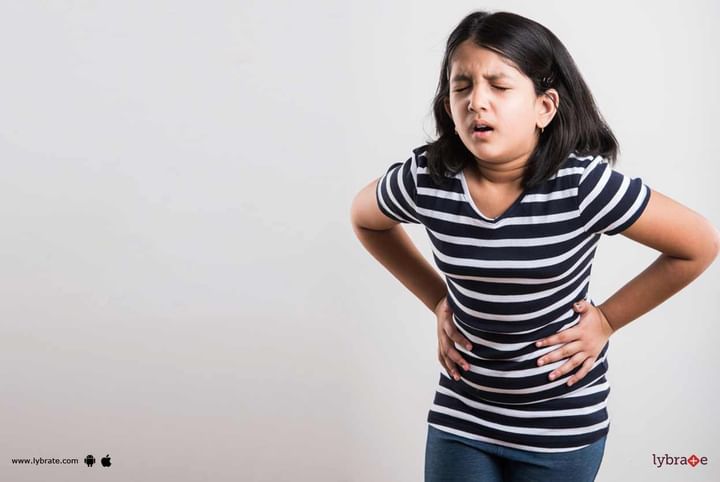Worm Infections - How To Avoid Them In Kids?
Every parent takes that extra precaution to ensure that their child is protected. From giving only boiled and/or bottled water to multiple rounds of washing fruits and vegetables, everything is done. Despite these, when the child begins to complain of stomach ache, there is fear of a worm infection.
Types
While there are many worm infections, the four most common ones that affect children are threadworms, hookworms, roundworms, and tapeworms (named after their shapes).
Causes
Worm infections are a reality, and a child can get a worm infection by one of the following routes.
- By eating unclean/undercooked/infected food: There could be eggs of these worms on vegetables and fruits, and if not washed thoroughly, chances of infection are high. Also, if seafood such as fish is infected with these, improper cooking of these can lead to infections.
- Walking barefoot on infected soil: This is the most common way to get worm infections, when children walk barefoot in damp soil.
- Drinking contaminated water: Some worms breed in water bodies like lakes and puddles. Playing in these areas or eating with hands contaminated in these areas can lead to infection.
- Contact with an infected person: Either through unclean hands or fingernails contact of an infected person, the worm infection can reach the child.
Whatever the source, once these worms enter the body, they multiply and continue to grow in the child.
Symptoms
While an upset stomach is the most common symptom, the child also could be irritable. Other symptoms that are commonly seen in children are as below.
- Refusal to eat, both due to the stomach pain and the loss of appetite
- Weight loss, due to reduced food intake. Additionally, the worms consume a large portion of the consumed food, reducing what is available for the child
- Anemia, which is especially true with hookworms
- Nausea
- Bloody stools
- Dehydration
- Itching around the anus, from where the worms could have entered the body
- Skin rashes or urticarial
- Sleep disturbances, due to the above symptoms
- Frequent urination
- Susceptibility to infections, as anemia sets in and immunity, is affected
- Worm testing
Stool testing including cotton swab testing and sticky tape testing are done to confirm the presence of worms.
Treatment
The good news is that treating worm infections is quite easy and simple. A course of anti-parasitic or anti-worm medicine is often used to get rid of the worms and takes about a week to clear.
Prevention
- Deworming is done quite commonly, though it is preferably done under medical supervision.
- Hygiene practices with respect to cleaning hands, toys, potty practices, bathing, bedding, clean drinking water, etc., can go a long way in the prevention of worms.



+1.svg)
